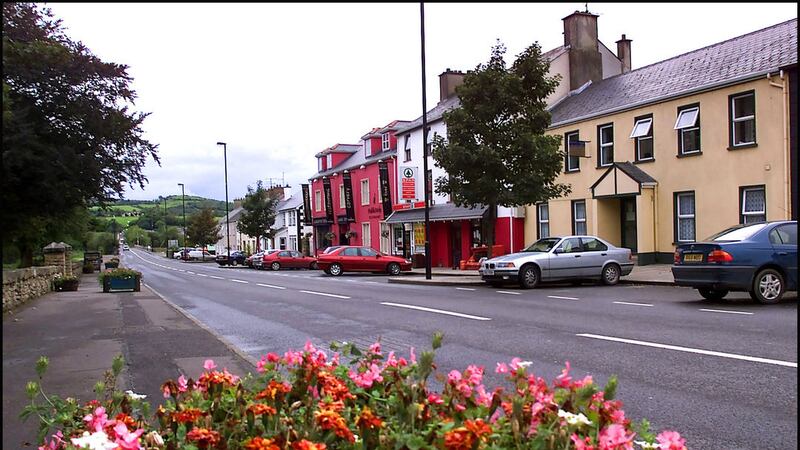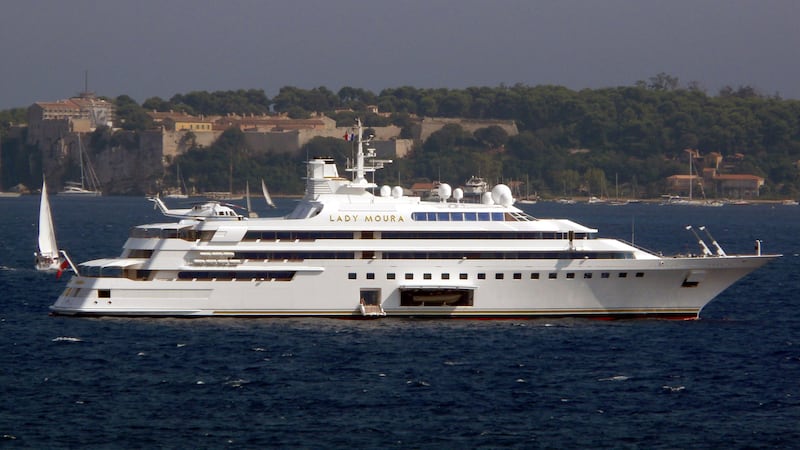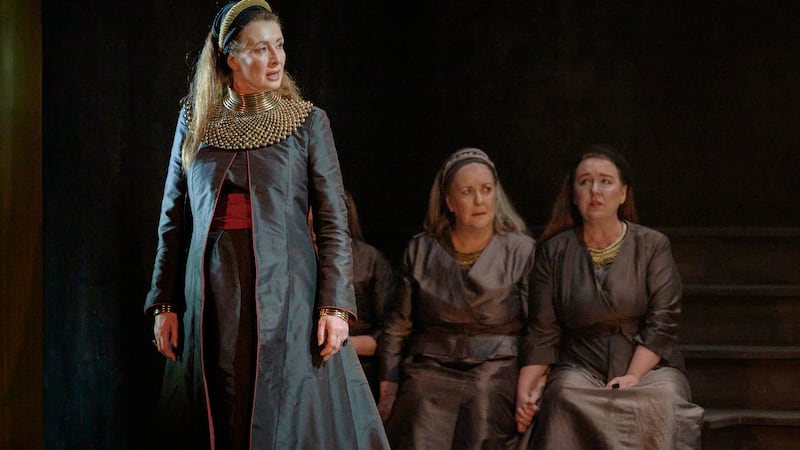DINNSEANCHAS
Belcoo - Béal Cú - ford-mouth of the narrow neck of land
The Irish element cuing (var. conga) can refer to a yoke (a wooden bar or frame by which two draught animals are joined at the heads or necks), or to a bond or restraint more generally.
Ó Dónaill’s Irish-English Dictionary (Foclóir Gaeilge-Bearla) also notes that it may refer to a ‘narrow neck of land (as between two lakes)’ and this is precisely its application in the case of Belcoo in Co. Fermanagh.
The Irish form of this name, Béal Cú, illustrates a feature of Ulster Irish pronunciation whereby the -ng- of conga is lost and the word develops from conga to cú. This feature tends to be found in eastern counties of Ulster in particular but, nonetheless, other place-names may preserve a form closer to the original pronunciation as in Congo, of which there are two examples, one elsewhere in Fermanagh and one in Tyrone.
For information on place-names, go to @placenamesni or placenamesni.org
SEANFHOCAL
Ná bí róbheag is ná bí rómhór leis an chléir.
Don’t be too small and don’t be too big with the clergy.
It has been said by its detractors that Ireland was a “priest-ridden” society and by its supporters that it was the most Catholic country on earth.
However, historians have shown that, prior to Daniel O’Connell’s Catholic Emancipation campaign with its monster rallies, Ireland was not without anti-clericalism as this proverb shows, warning that you should be on good terms with the clergy but not to go overboard.
There has long been a tradition in Irish literature of the heroic priest fighting against a tyrannical state but in the second half of the 18th century there emerged an anti-clerical strain in Gaelic poetry which complained of the greed and avarice of many priests.


